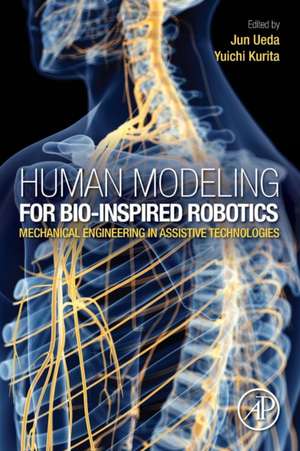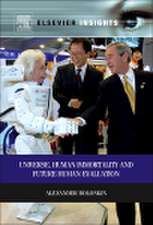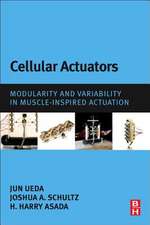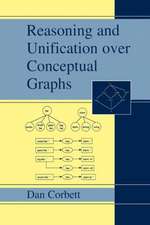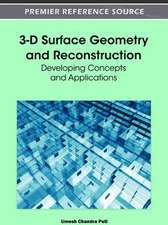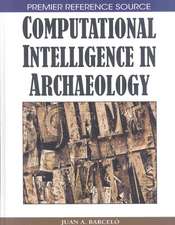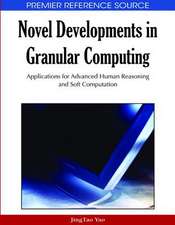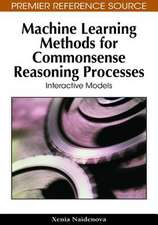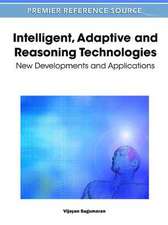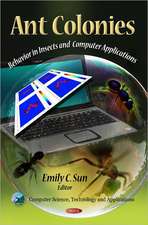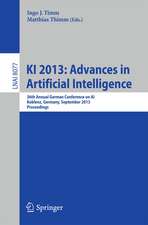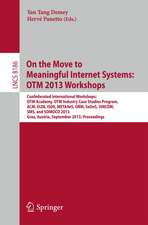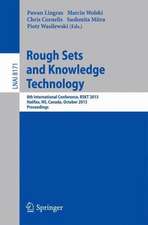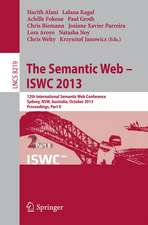Human Modeling for Bio-Inspired Robotics: Mechanical Engineering in Assistive Technologies
Autor Jun Ueda, Yuichi Kuritaen Limba Engleză Paperback – 4 sep 2016
Human Modeling for Bio-Inspired Robotics: Mechanical Engineering in Assistive Technologies offers a system-level investigation into human mechanisms that inspire the development of assistive technologies and humanoid robotics, including topics in modelling of anatomical, musculoskeletal, neural and cognitive systems, as well as motor skills, adaptation and integration. Each chapter is written by a subject expert and discusses its background, research challenges, key outcomes, application, and future trends.
This book will be especially useful for academic and industry researchers in this exciting field, as well as graduate-level students to bring them up to speed with the latest technology in mechanical design and control aspects of the area. Previous knowledge of the fundamentals of kinematics, dynamics, control, and signal processing is assumed.
- Presents the most recent research outcomes in the area of mechanical and control aspects of human functions for macro-scale (human size) applications
- Covers background information and fundamental concepts of human modelling
- Includes modelling of anatomical, musculoskeletal, neural and cognitive systems, as well as motor skills, adaptation, integration, and safety issues
- Assumes previous knowledge of the fundamentals of kinematics, dynamics, control, and signal processing
Preț: 671.43 lei
Preț vechi: 706.78 lei
-5% Nou
Puncte Express: 1007
Preț estimativ în valută:
128.50€ • 133.65$ • 106.08£
128.50€ • 133.65$ • 106.08£
Carte tipărită la comandă
Livrare economică 07-21 aprilie
Preluare comenzi: 021 569.72.76
Specificații
ISBN-13: 9780128031377
ISBN-10: 0128031379
Pagini: 358
Dimensiuni: 152 x 229 x 18 mm
Greutate: 0.54 kg
Editura: ELSEVIER SCIENCE
ISBN-10: 0128031379
Pagini: 358
Dimensiuni: 152 x 229 x 18 mm
Greutate: 0.54 kg
Editura: ELSEVIER SCIENCE
Public țintă
mechanical, electrical and biomedical engineering professionals and researchers in academia and industry coming into the field, as well as graduate-level students. Secondary audience of students in physiology and biomedicine who need to get up to speed with the engineering aspects of the areaCuprins
Part I: Modeling of Human Musculoskeletal System/Computational Analysis of Human Movements and Their Applications1. Implementation of Human-Like Joint Stiffness in Robotics Hands for Improved Manipulation2. A Review of Computational Musculoskeletal Analysis of Human Lower Extremities3. EMG-Controlled Human-Robot Interfaces: A Hybrid Motion and Task Modeling Approach4. Personalized Modeling for Home-Based Postural Balance Rehabilitation5. Modeling and Dynamic Optimization of a Hybrid Neuroprosthesis for Gait Restoration6. Soft Wearable Robotics Technologies for Body Motion Sensing
Part II: Modeling of Human Cognitive/Muscular Skills and Their Applications7. Noninvasive Brain Machine Interfaces for Assistive and Rehabilitation Robotics: A Review8. Intention Inference for Human-Robot Collaboration in Assistive Robotics9. Biomechanical HRI Modeling and Mechatronic Design of Exoskeletons for Assistive Applications10. Psychological Modeling of Humans by Assistive Robots11. Adaptive Human-Robot Physical Interaction for Robot Coworkers
Part II: Modeling of Human Cognitive/Muscular Skills and Their Applications7. Noninvasive Brain Machine Interfaces for Assistive and Rehabilitation Robotics: A Review8. Intention Inference for Human-Robot Collaboration in Assistive Robotics9. Biomechanical HRI Modeling and Mechatronic Design of Exoskeletons for Assistive Applications10. Psychological Modeling of Humans by Assistive Robots11. Adaptive Human-Robot Physical Interaction for Robot Coworkers
